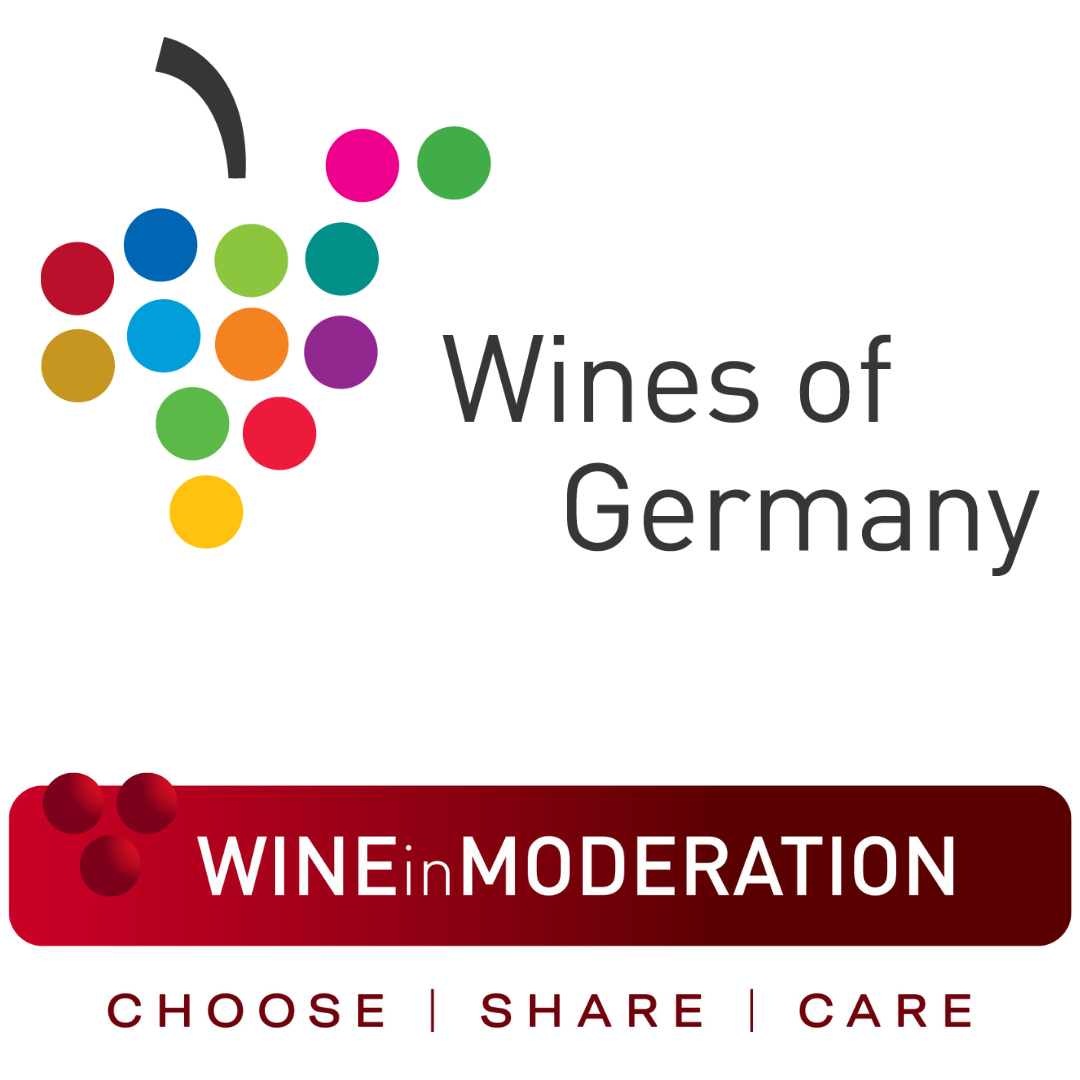For some, the number 13 is unlucky. For the German wine industry, the number reminds us of the spectacular slopes, picturesque villages, and winding river bends of our 13 regions officially designated for producing quality wine. They number among the most northerly wine-growing regions in the world, with an immense variety of soil types and microclimates perfectly suited to the 140 grape varieties grown throughout. To help calm your Friday the 13th jitters, here are some fun facts on each of the 13 unique areas.
- AHR
This tiny region dedicates about 85% of vineyards to producing fine red wines. Vines sit on south-facing slopes along the Ahr River, enabling red wine grapes to ripen, even so far north, due to heat build-up within the narrow valleys and shelter from the Eifel Hills.
- BADEN
This warm and sunny region is Germany’s southernmost, neighboring France’s Alsace and Switzerland. Baden is the only region in Germany to belong to EU climate zone B, reserved for relatively warm regions. Therefore, the Pinot family thrives here.
- FRANKEN
This hilly region along the Main River is home of the Bocksbeutel, a flat, round-shaped bottle with a short neck. Uniquely Franconian, the Bocksbeutel is best known as a vessel for Silvaner wine, which reaches peak quality in Franken with concentrated, earthy aromas.
- HESSICHE-BERGSTRASSE
This small region is famous for the old Roman trade route that runs parallel to the Rhine River. Known as “Germany’s Spring Garden,” early-blossoming almond and fruit trees, a mild climate, and many hillside castle ruins give Hessiche Bergstrasse an especially picturesque landscape.
- MITTLERHEIN
This region is home to the Rhine Gorge, where the Rhine River has carved a course through slate stone hills to form a steep, narrow valley. The Rhine acts as a heat reservoir, which, combined with sunny days and a mild climate, makes for ideal Riesling-growing conditions.
- MOSEL
This region, comprising the valleys of the Mosel River and its tributaries, the Saar and the Ruwer, is regarded as the oldest wine-growing region of Germany, dating back to Roman times. The Mosel is famous for mineral-rich, balanced Riesling wines and for its steep vineyards, many of which must be tended by hand.
- NAHE
With about 180 different soil types, this region holds the record for soil diversity in Germany. Which also accounts for the Nahe’s broad spectrum of wines. The most important grape, Riesling, produces racy, fruity, and elegant wines in the cooler pockets of the Nahe, where grapes tend to ripen later.
- PFALZ
With about 23,400 hectares of vines, this region is one of Germany’s largest and leads in red wine production. Vines are protected from cold winds and excessive rain by the Palatinate Forest, creating an almost Mediterranean climate that allows for the growth of figs, lemons, olives, almonds, and chestnuts, in addition to world-renowned Riesling and Pinot grapes.
- RHEINGAU
This iconic Riesling region has a commitment to high-quality standards set centuries ago by winemaking monks, and legend has it that rich Spätlese Riesling was born here due to a fortuitous delay in harvesting grapes. An optimal climate along the Rhine River allows for full-bodied Spätburgunder wines as well.
- RHEINHESSEN
This is Germany’s largest region, contributing largely to German wine exports and offering a great diversity of wines from classic Riesling, Silvaner, and the Pinots to lesser-known varietals such as Dornfelder and Portugieser. Known as “land of a thousand hills,” Rheinhessen numbers among the driest regions of central Europe.
- SAALE-UNSTRUT
This is Germany’s northernmost German wine region, set apart from the southwestern-oriented regions along with Sachsen. Vines grow on the steep, terraced, limestone slopes of the Saale and Unstrut river valleys. Traditionally, most of the wines are vinified dry.
- SACHSEN
This region is set just about as far north as Saale-Unstrut, and farther east than any other region in Germany. Saxon wines account for less than 1% of total German wine production, meaning wines are seldom found outside the region. A unique crossing of Riesling and Muscat, known as Goldriesling, is a regional specialty.
- WÜRTTEMBERG
A broad variety of red wine grapes dominate this region, adjacent to Baden and south of Franken. While Württemberg wines are increasingly becoming available nationally, rarer varietals such as Trollinger, Lemberger, and Schwarzriesling are prevalent in the region’s pockets of warmth protected by the Black Forest.
